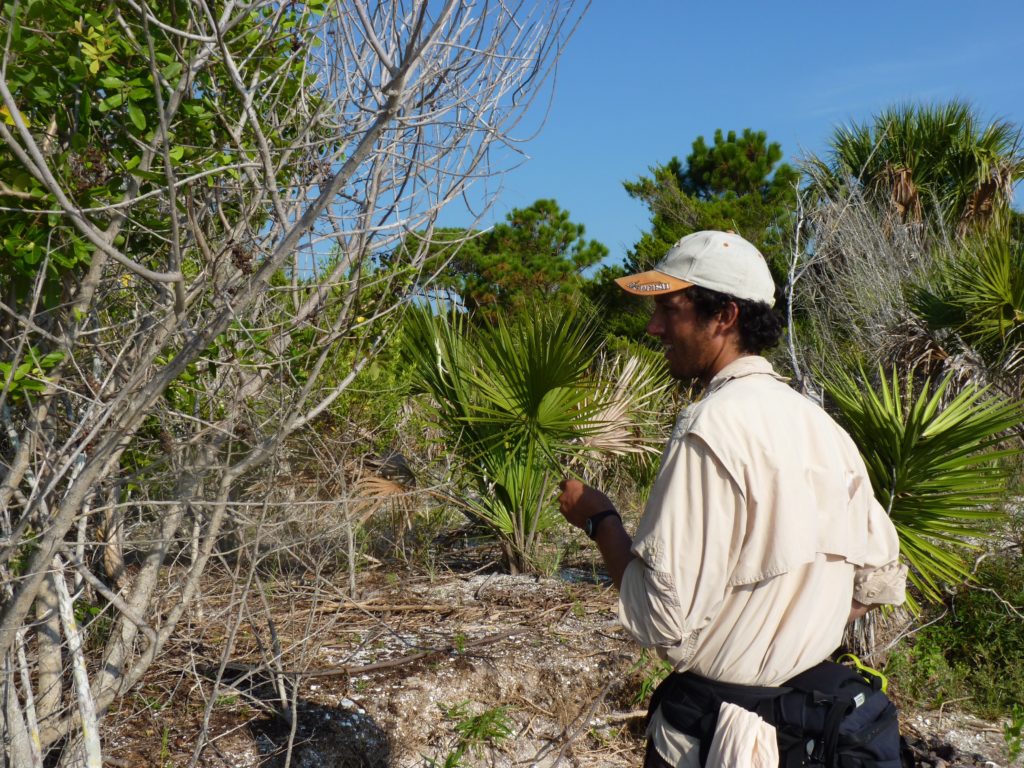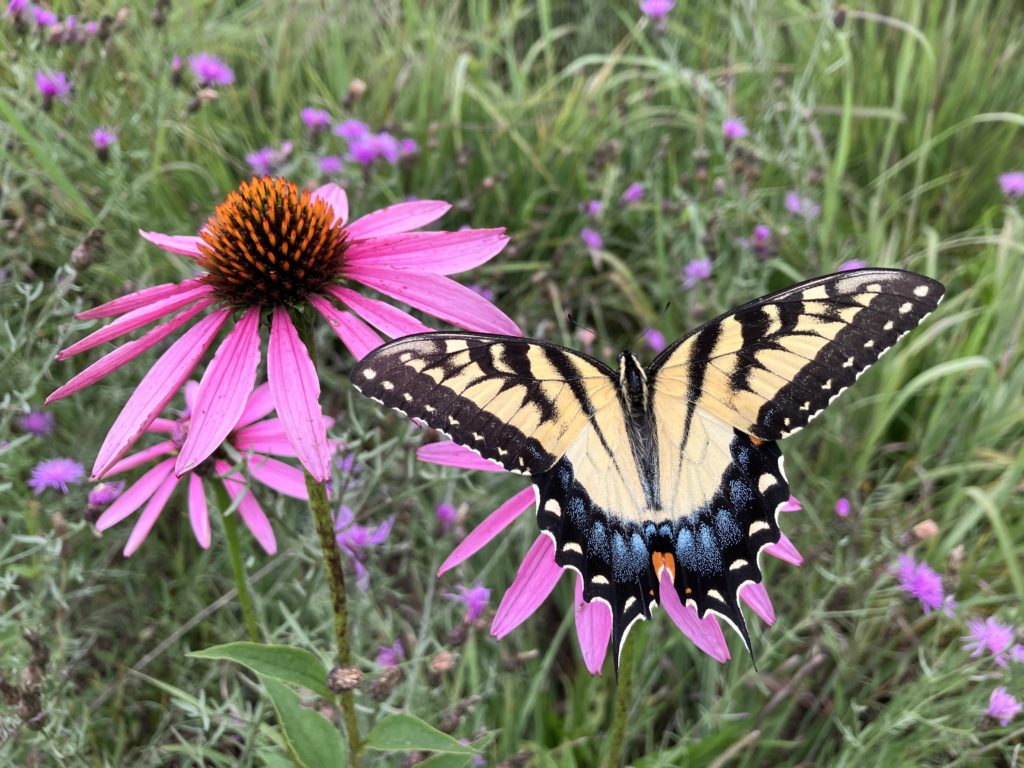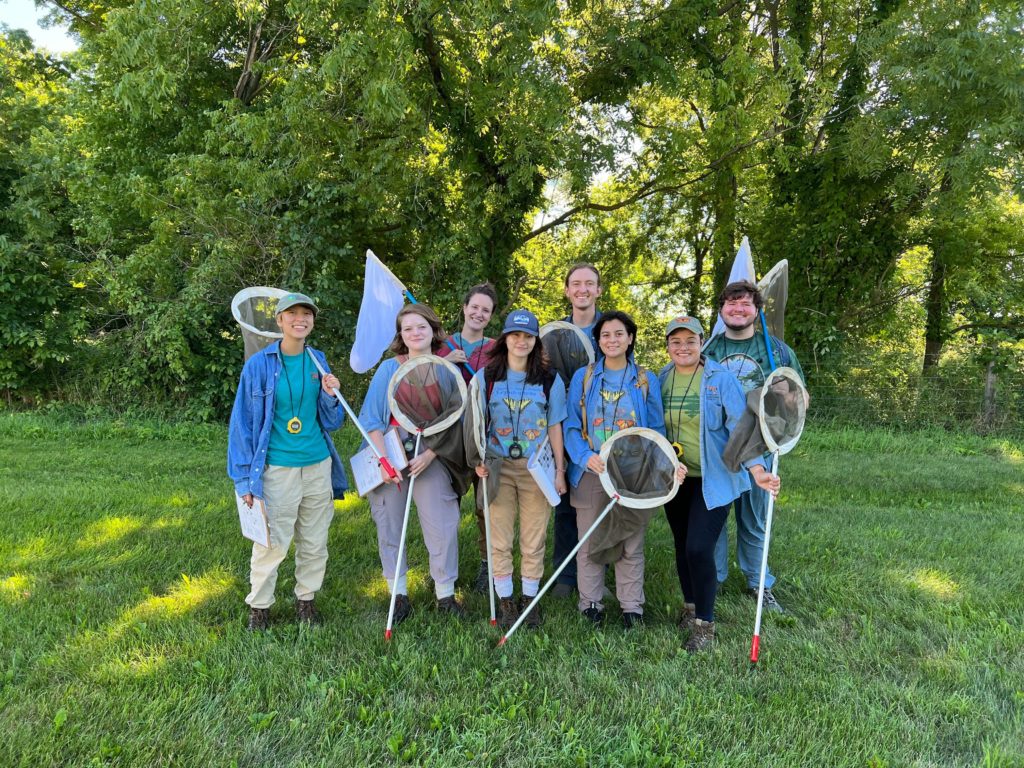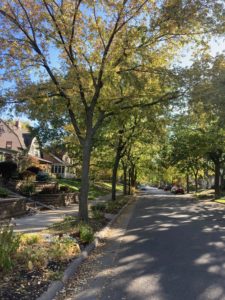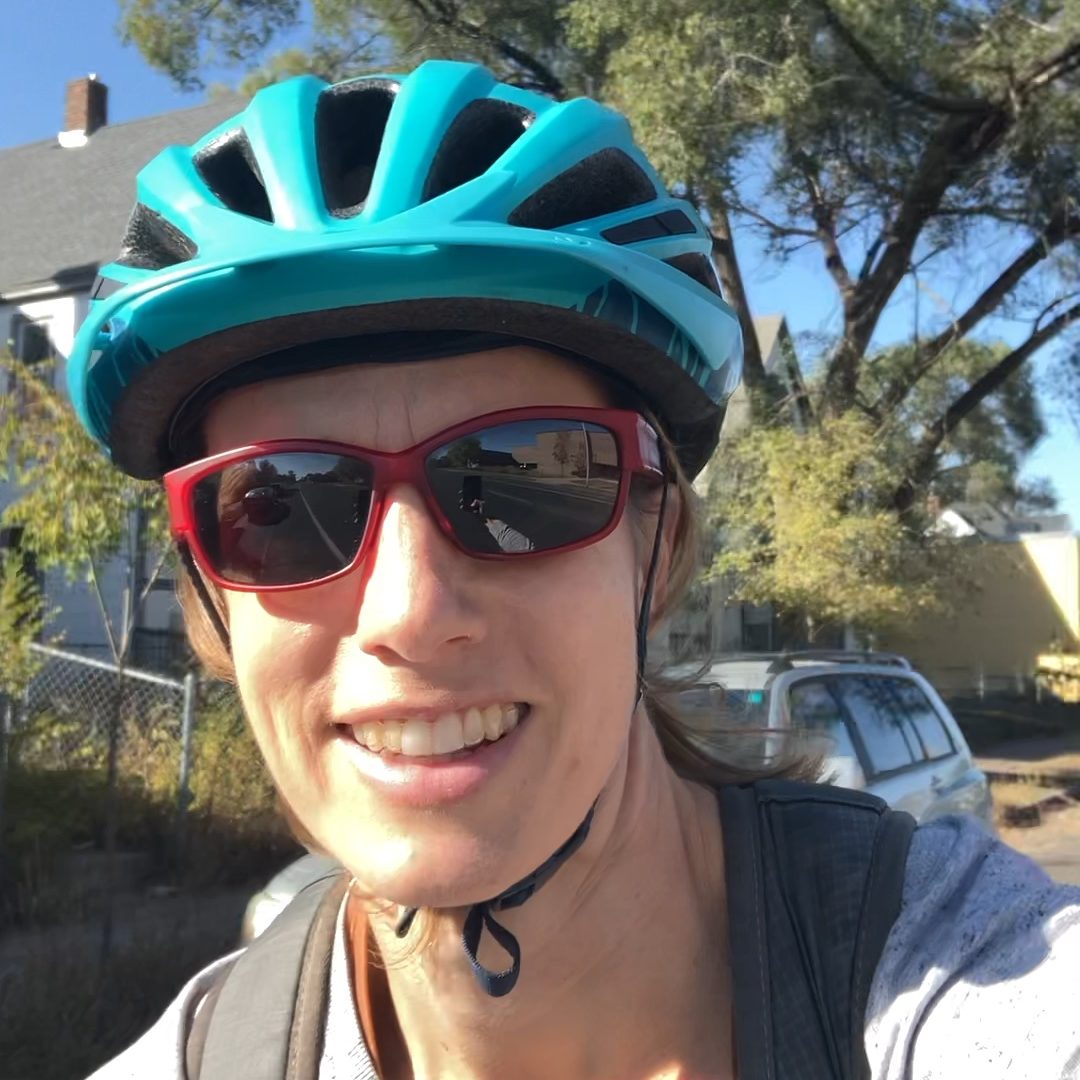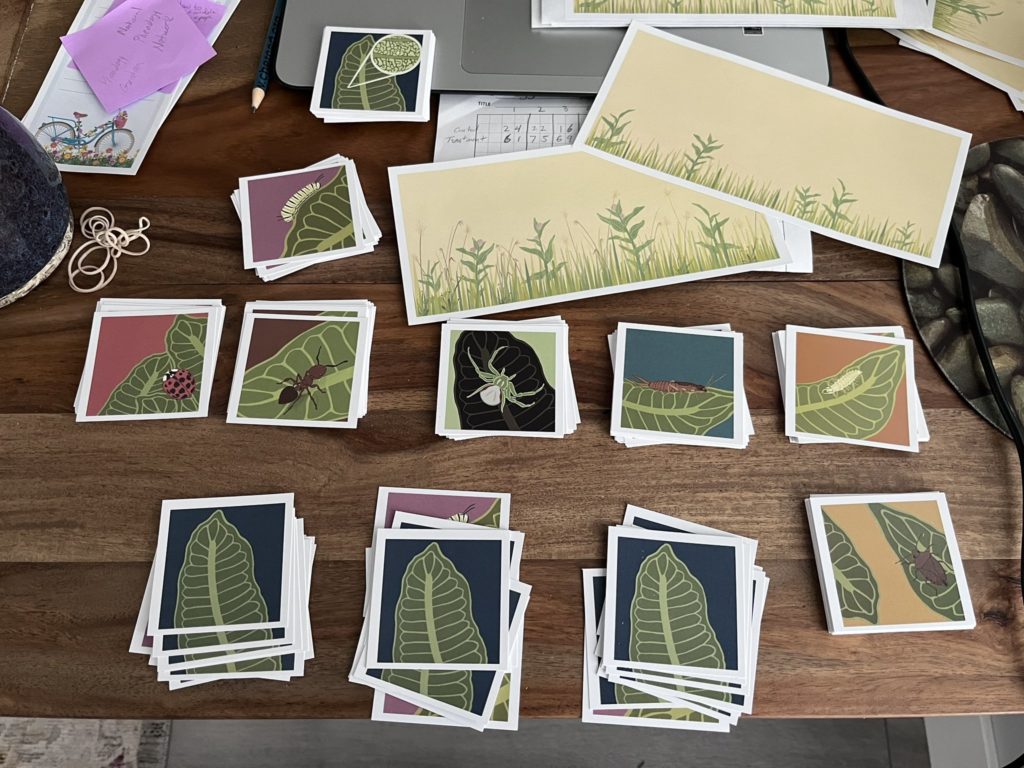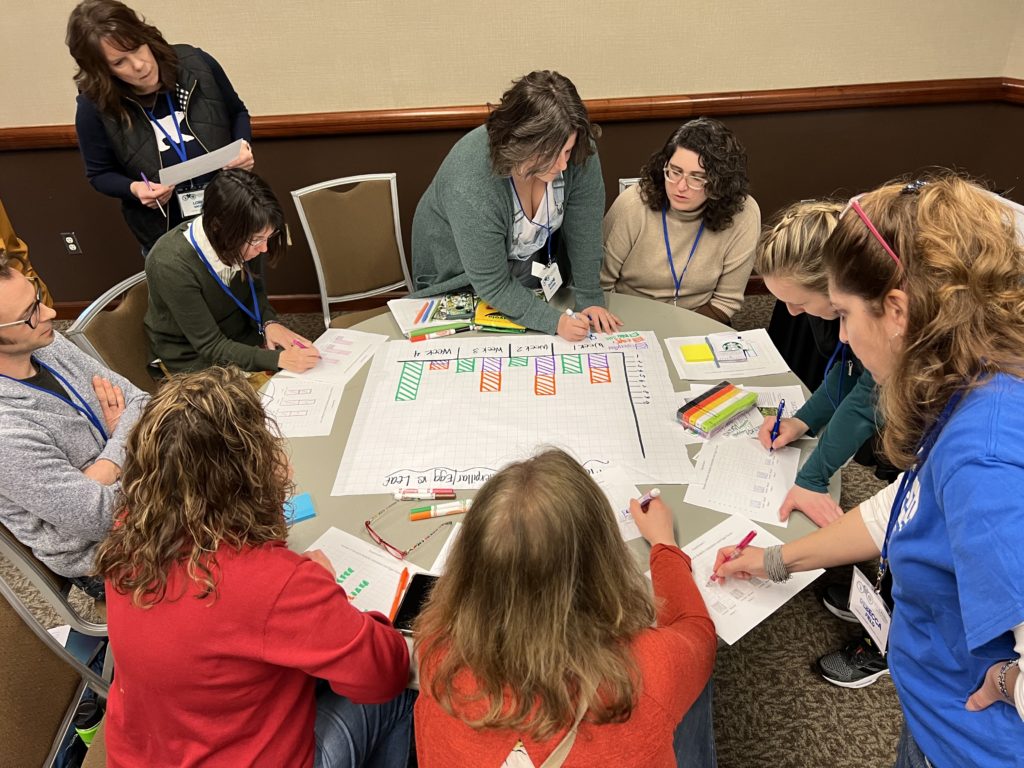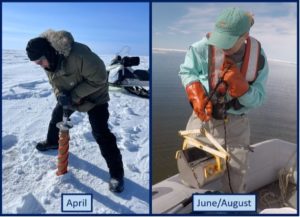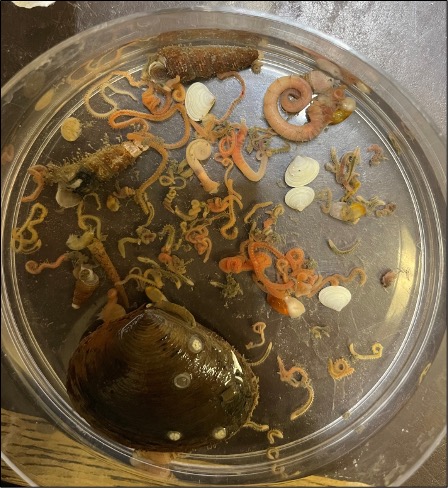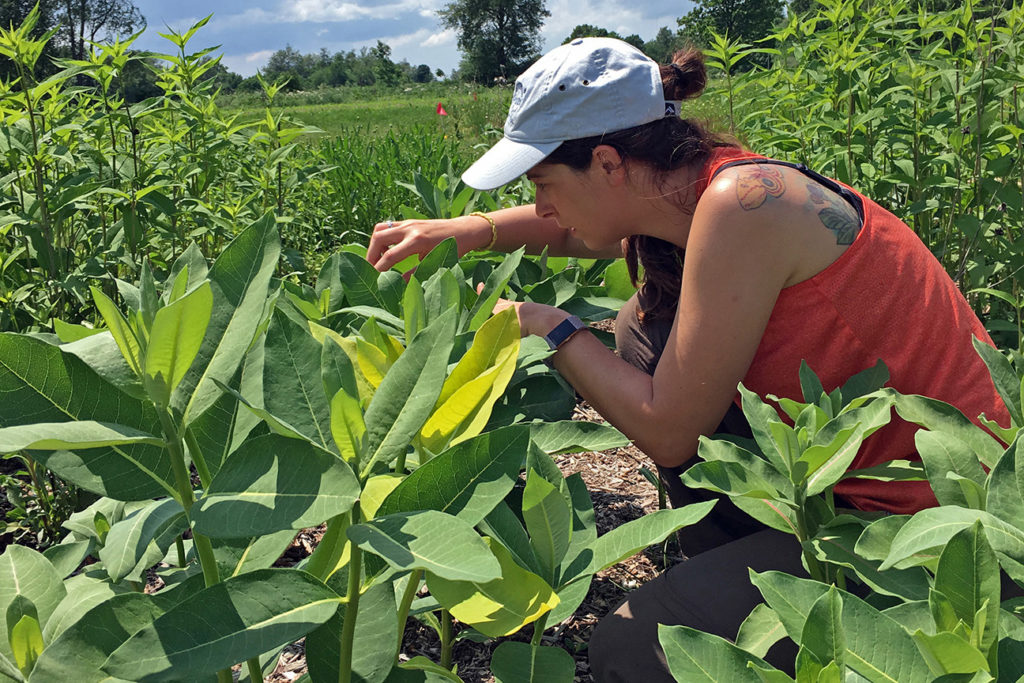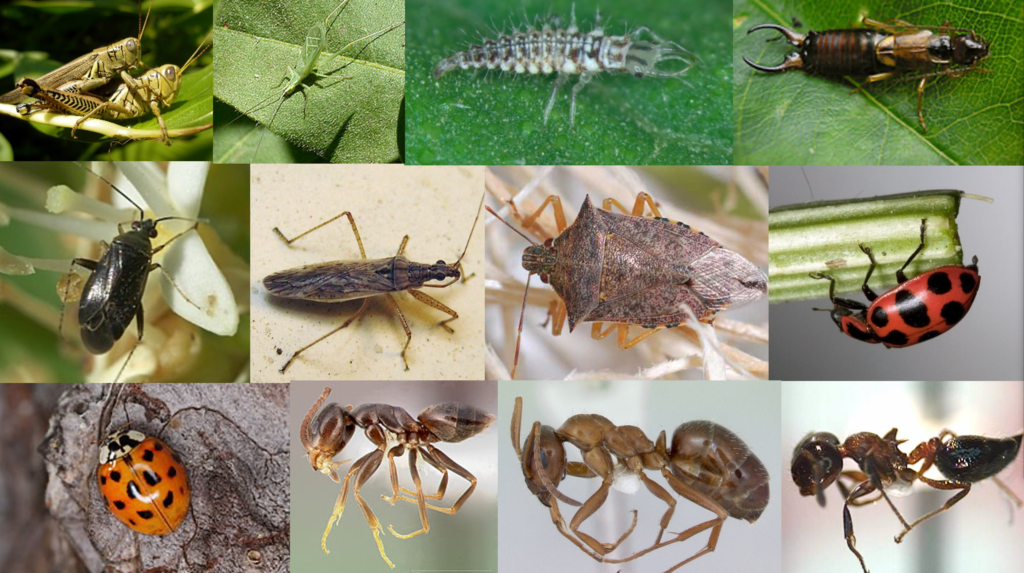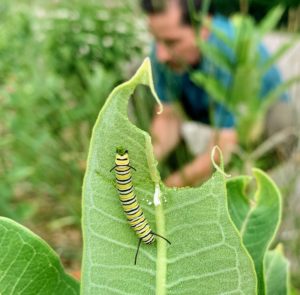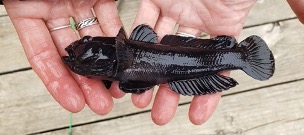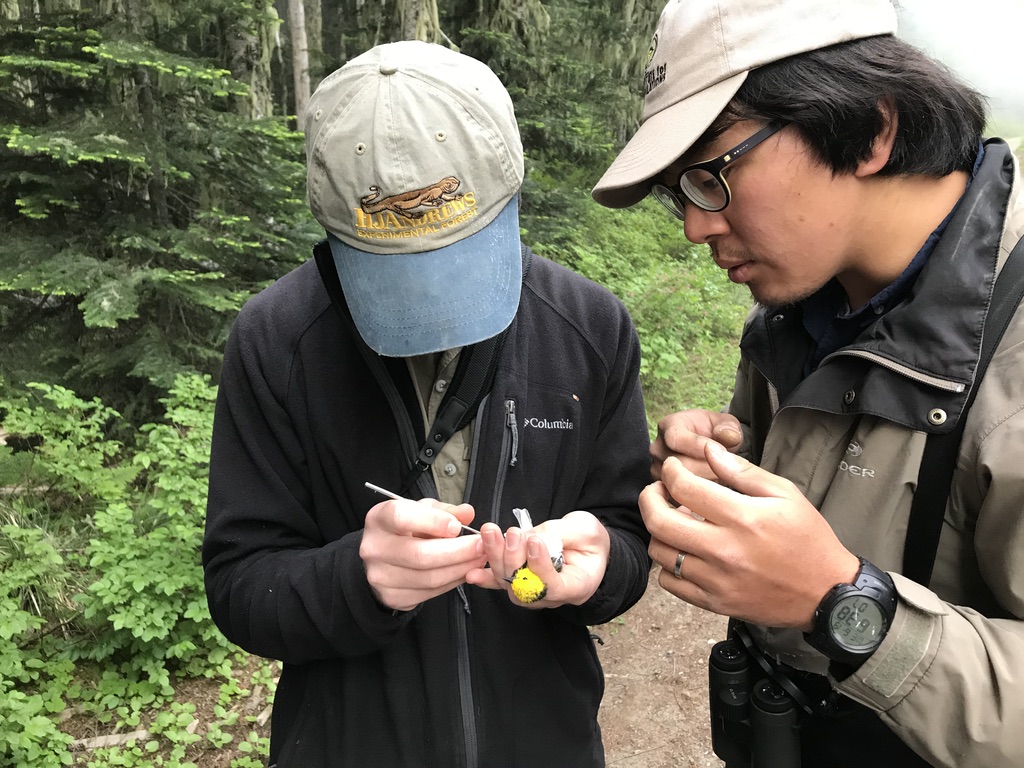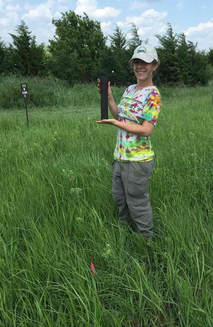The activities are as follows:
- Teacher Guide
- Student activity, Graph Type A, Level 2
- Student activity, Graph Type B, Level 2
- Student activity, Graph Type C, Level 2
- Grading Rubric
Throughout our history, humans have been moving species around the world. In your own backyard there are likely multiple species that have come from different countries and mixed into your local ecosystem. Human movement of species has sped up in the last 150 years as we have gotten better at traveling by trains, planes, boats, and cars.
An open question is, what happens to species when they are moved around? Scientists can study both the species that have been moved, called introduced species, and the original species that were there before, called native species.
One interesting system to study is the anole lizard populations in Florida. In this case, there is both an introduced species that arrived relatively recently, the brown anole, and a species that has been there for much longer, the green anole.
The story of these two anoles and their interactions begins millions of years ago when both the green anole and the brown anole evolved in Cuba. They had different niches, or areas of specialization in their ecosystem when they lived there together. The green anole mostly perched high up on tree trunks, moving through branches and leaves as it looked for insects to eat. The brown anole preferred to perch lower down, finding its food on the ground and the lower part of tree trunks.

Then, 2-4 million years ago, the green anole established a new population in Florida. How it did this, we are not sure. But it probably was blown by hurricanes from Cuba to Florida on rafts of trees and other vegetation. Once in Florida, it spread throughout the southeastern United States. As best we can tell, the green anole changed its niche once it was in the United States without the brown anole around. Data from previous research suggest that it started finding insect prey on the ground and perched lower down in the tree trunks.
Then, in the 1950s, the brown anole came to southern Florida through human movement on boats. This probably happened because humans were moving agricultural products (like sugar cane) from Cuba to the United States.
Yoel is a scientist studying anoles, and he wanted to know how green anoles respond to the recent presence of the brown anole. Now that they are together in Florida, the two anole species interact a lot.
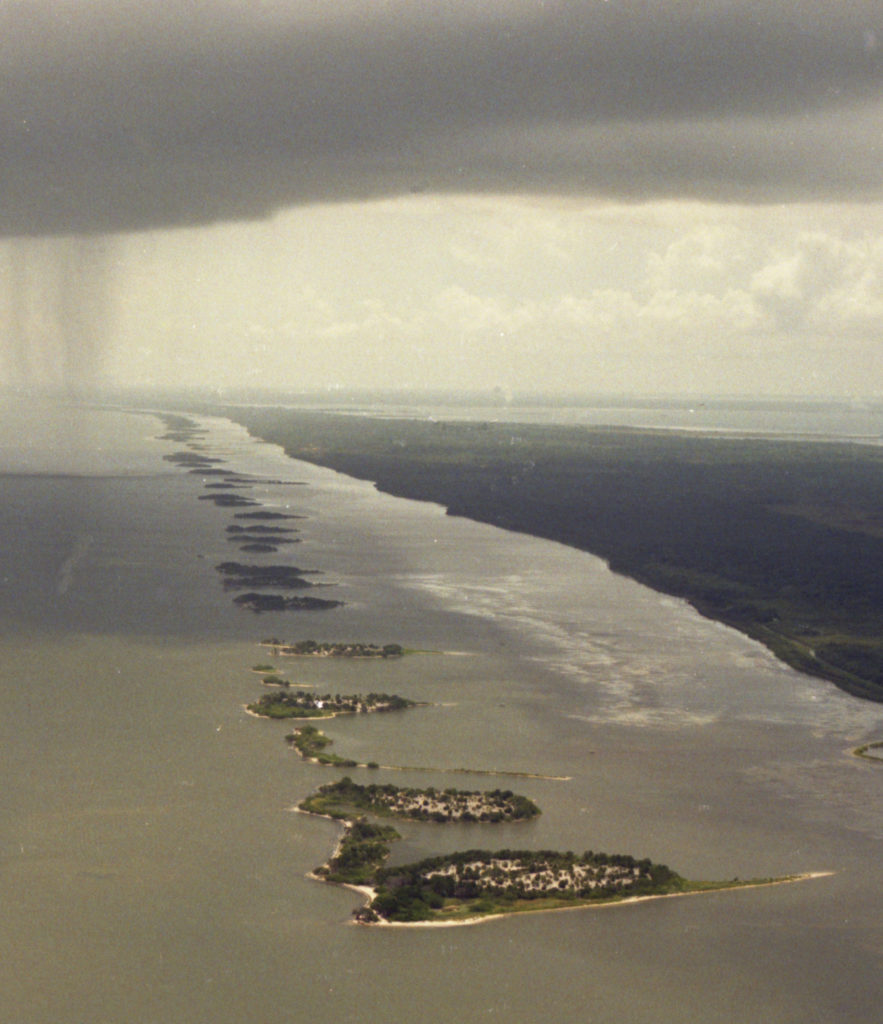
They both have a large population, they eat similar insects, and likely compete for food and space. Yoel thought the green anoles might respond by changing their behavior and habitat use. Yoel predicted that the green anoles would return to the treetops once the brown anole arrived, living like their ancestors did with the brown anole in Cuba. He also thought that the brown anole would keep low on the tree trunks, because that is where it has always perched while it coexisted with the green anoles in Cuba.
To test his hypothesis, Yoel’s team worked on eleven islands that were approximately the size of football-fields in Mosquito Lagoon, Florida. All eleven islands had green anole populations on them. Six of the eleven islands also had brown anole populations present on them. This meant that five islands only had one species, the green anole.
This created an ideal “natural experiment” to collect data on how green anoles use the habitat when they are alone, compared with when they are living on islands with the brown anole. To do this, Yoel collected data on perch height. He and his team did this by walking through the island habitats slowly until they spotted a lizard. Then, they measured the height of the spot where the lizards were sitting in the trees.
Featured scientists: Featured scientist: Yoel Stuart (he/him) from Loyola University Chicago
